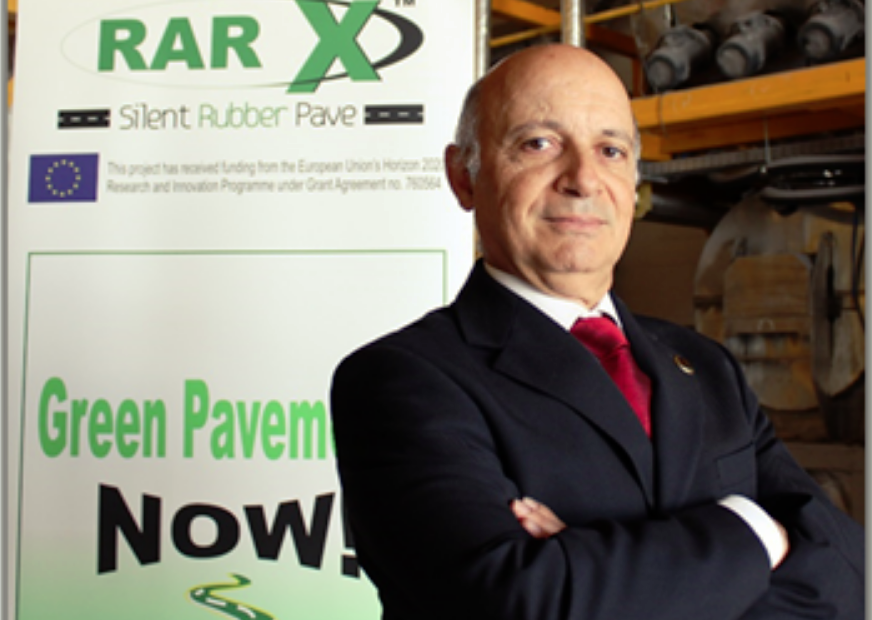Dr. Jorge B. Sousa, Director of Rubberized Asphalt Foundation y Consulpav
Development of road and ring infrastructure with mandatory use of pretreated rubber dust and dynamic compaction? Dr. Jorge Sousa, Director of Consulpav and the Rubberized Asphalt Foundation, speaks on this matter on the occasion of the Second Forum of International Cooperation for Roads and Circumvalations that has taken place in Beijing (China).
The use of rubber dust on roads, with the appropriate technologies, has recently shown that it is effective in reducing costs as well as reducing CO2 emissions into the atmosphere. In California, current legislation requires the Department of Transportation to use a high proportion of bituminous mixtures with rubber dust throughout its road network.
Dynamic compaction and rubber blending are paving technologies that save significantly on CO2 emissions. The first has been introduced in China by companies such as LANDPAC (www.landpac.com.cn), and new techniques for sustainable blending with rubber powder are being promoted by companies such as CIRTEC (www.cirtec.es), SHRP (www .rarx.net) and the European project Silent Rubber Pave (www.silentrubberpave.eu). These techniques incorporate pre-treated rubber powder in the pavement directly in modified mixtures or through the use of SAMI-type membranes, as described and promoted by the Rubberized Asphalt Foundation (www.ra-foundation.org).
Due to the significant success shown by these technologies, I recommend their mandatory use in new road infrastructure and ring road projects.
>> Read the full story on the Consulpav website: http://www.consulpav.com/news/2019.05.13-Belt_and_Road/
